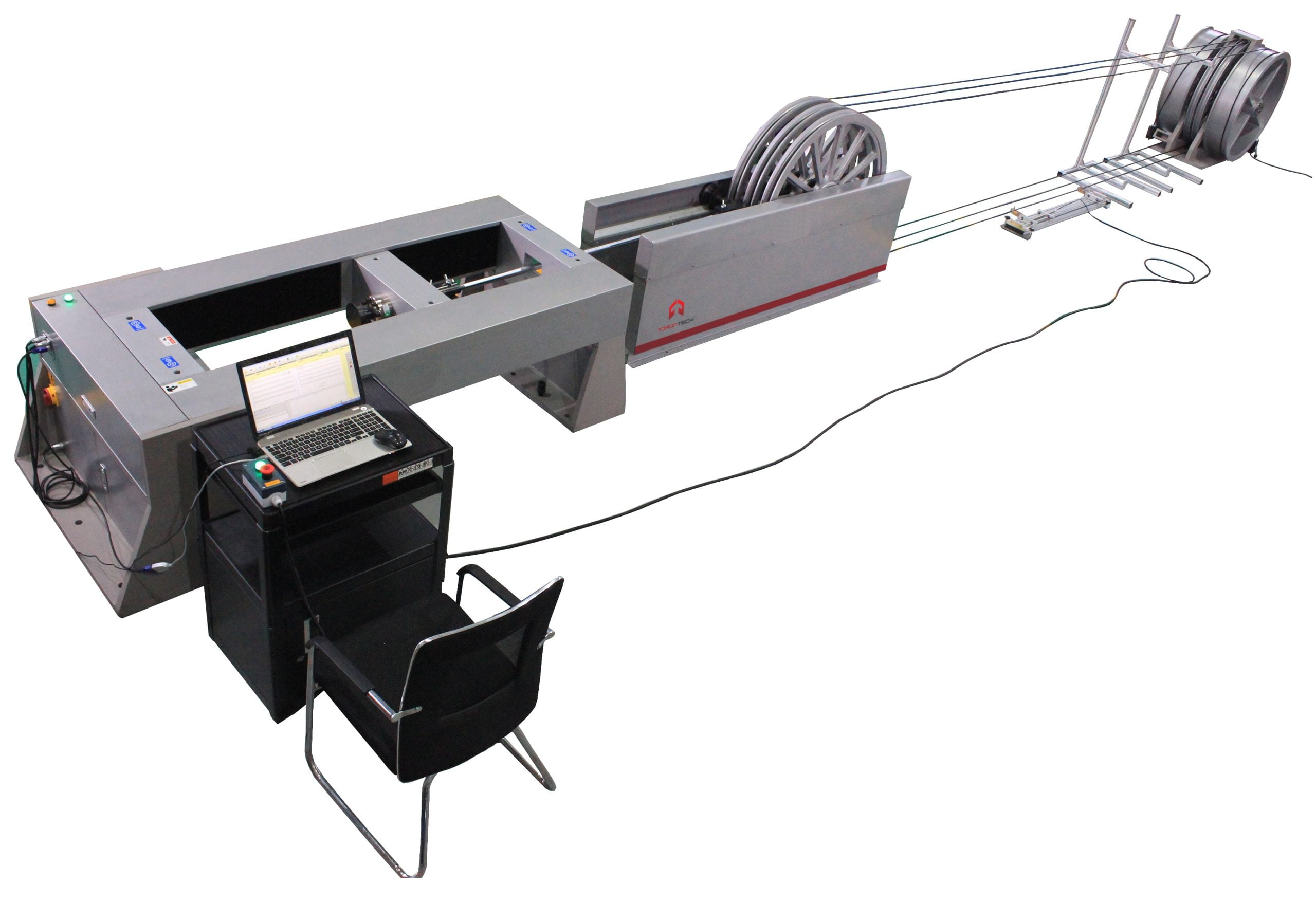Discovering the Conveniences of Optical Fiber Testing for Improved Communication Solutions
The relevance of optical fibre testing in contemporary interaction systems can not be overemphasized, as it functions as a foundation for making certain network dependability and efficiency. Making use of sophisticated methods such as Optical Time-Domain Reflectometry (OTDR) and insertion loss analysis, companies can not just determine faults however additionally optimize their configurations. This aggressive testing approach has extensive effects for signal top quality and functional performance, raising the inquiry of exactly how these techniques add to long-lasting sustainability in an ever-evolving technical landscape. Understanding these characteristics is vital for stakeholders aiming to preserve a competitive edge.
Importance of Optical Fiber Screening
The importance of optical fiber screening can not be overemphasized in today's data-driven atmosphere. As companies significantly count on high-speed information transmission for day-to-day operations, the integrity and performance of optical fiber networks are critical. Testing makes sure that these networks can support the huge quantities of data created and transferred flawlessly, cultivating reliable interaction and connectivity.
Optical fiber screening serves numerous important functions, including confirming setup quality, identifying prospective mistakes, and figuring out overall system performance. Regular testing can protect against expensive downtimes and service disturbances, enabling companies to maintain operational continuity. Additionally, it helps in compliance with sector standards and policies, making sure that fiber optic installments fulfill needed specifications for security and reliability.
In addition, testing can boost the longevity of fiber optic systems. By proactively recognizing issues such as signal loss, depletion, or port failings, companies can attend to troubles before they escalate, hence prolonging the life of their infrastructure. In recap, optical fibre testing is not just a technical need but a calculated investment that boosts network integrity, optimizes performance, and inevitably supports the development and effectiveness of modern interaction systems.
Key Examining Approaches

OTDR is a vital strategy utilized to determine mistakes, measure splice losses, and examine the overall integrity of a fibre optic link. By sending a pulse of light down the fibre and assessing the reflected light, professionals can identify places of mistakes and evaluate the network's performance over cross countries.
Insertion loss testing determines the quantity of signal loss that occurs when light passes with a connection or splice. This approach is vital for verifying that connections meet given loss thresholds, which is vital for preserving optimal performance in interaction systems.
Optical return loss screening evaluates the amount of light mirrored back towards the resource as a result of flaws in the fiber or connections. High return loss values indicate better performance and lowered signal destruction.
With each other, these screening methods offer a detailed analysis of fiber optic networks, guaranteeing their integrity and functionality in diverse interaction applications.
Effect on System Efficiency
Efficient optical fibre testing directly influences the general performance of communication systems. By making certain the honesty of fibre optic wires, screening recognizes prospective faults such as attenuation, splice loss, and port imbalance. These concerns can substantially weaken signal quality, leading to disturbances and reduced information transmission rates.

In addition, regular optical fibre testing contributes to long-lasting system sustainability. It allows early detection of damage, enabling prompt maintenance and upgrades prior to significant failings occur. This not only extends the lifespan of the infrastructure but also makes sure that communication systems stay competitive in terms of efficiency.
Cost-Effectiveness and Effectiveness
Cost-effectiveness is an essential consideration in the implementation and maintenance of optical fiber networks. Implementing robust optical fiber screening procedures can significantly reduce operational prices by identifying concerns before they escalate into major problems. robotic vision. By discovering faults, depletion, and other efficiency obstacles early, companies can prevent pricey repair work and downtime, which can disrupt solutions and lead to revenue loss
Additionally, reliable testing approaches improve the installation process, allowing service technicians to function visit the site much more properly. This equates to decrease work expenses and faster job completion times. Advanced testing tools, such as Optical Time Domain Name Reflectometers (OTDRs), makes it possible for a specific assessment of fibre click to read top quality, making certain that just optimum materials are utilized, therefore minimizing waste.
Normal screening likewise contributes to far better source allotment. By understanding the network's performance, companies can make enlightened decisions concerning upgrades and growths, making sure that financial investments are made where they are most needed. In summary, optical fiber testing boosts cost-effectiveness and efficiency, supporting the lasting sustainability and competition of communication systems in a progressively requiring market.
Making Sure Long-Term Reliability
Carrying out strenuous optical fibre testing not only boosts expense financial savings and functional performance but additionally plays a pivotal function in ensuring the long-lasting integrity of communication networks. Constant screening techniques, including depletion and bandwidth evaluations, aid identify prospective destruction in fiber performance prior to it leads to service disturbances.
By employing sophisticated screening approaches, network drivers can determine faults or weak points in the fiber framework, enabling timely removal. This positive strategy minimizes downtime, guaranteeing that communication systems stay useful and reliable. Routine testing contributes to the advancement of a much more durable network, as operators can adapt and enhance their facilities based on real-time data insights.
Additionally, making sure compliance with market standards through optical fibre screening enhances the quality and honesty of the entire interaction system. This adherence not only strengthens confidence my explanation among stakeholders yet also lines up with governing demands, which are progressively strict.
Conclusion
In verdict, optical fibre screening serves as an essential component in improving interaction systems. By utilizing numerous screening techniques, such as OTDR and insertion loss analyses, networks can achieve ideal efficiency and dependability.